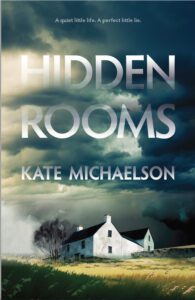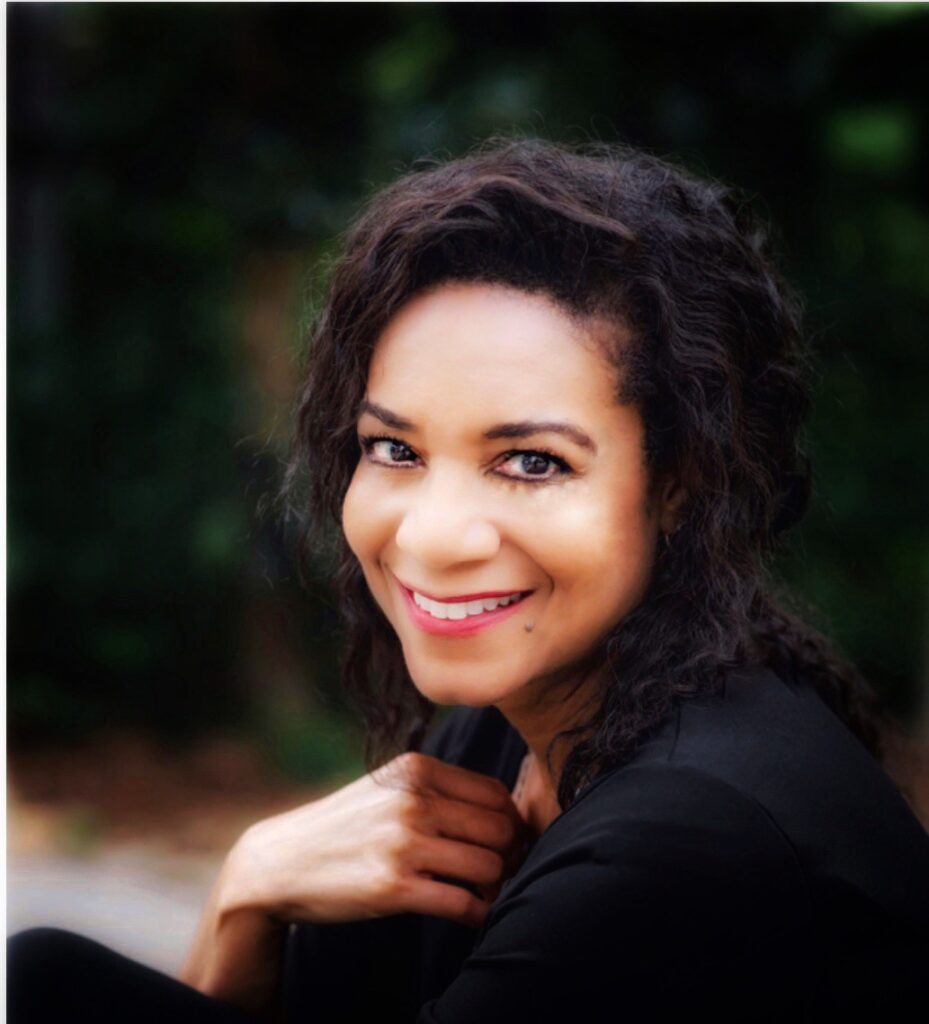 Old homes have always fascinated me. Maybe it’s because I grew up in a hundred-year old farmhouse hearing stories about those who lived there long before our family. I remember looking at the towering maples in the yard, thinking of the people who planted them a century ago, and marveling at how different their lives were from ours. But more than anything, I’ve always been intrigued by the human dramas these houses witnessed. Several homes in my community served as stops on the Underground Railroad, only increasing my fascination with the stories they could tell. That’s why when I wrote my debut mystery, Hidden Rooms, I knew it would be set in a rural community full of historic homes where both the people and the houses held their secrets close.
Old homes have always fascinated me. Maybe it’s because I grew up in a hundred-year old farmhouse hearing stories about those who lived there long before our family. I remember looking at the towering maples in the yard, thinking of the people who planted them a century ago, and marveling at how different their lives were from ours. But more than anything, I’ve always been intrigued by the human dramas these houses witnessed. Several homes in my community served as stops on the Underground Railroad, only increasing my fascination with the stories they could tell. That’s why when I wrote my debut mystery, Hidden Rooms, I knew it would be set in a rural community full of historic homes where both the people and the houses held their secrets close.
Of course, I’m following in a long literary tradition of using historic settings to enhance atmosphere and intrigue. If you’ve ever removed wallpaper or remodeled an old home, you know that just like people, buildings have lifetimes’ worth of layers, making them rich symbols for the mysteries that unfold within them. Daphne du Maurier’s Rebecca provides the perfect example of how the past can linger in the present. The overgrown grounds and dark interiors of Manderley embody the presence of the narrator’s predecessor, Rebecca. As the main character explores the estate, she uncovers hints of a past that everyone else would prefer remain hidden.
Silvia Moreno-Garcia uses similar techniques in Mexican Gothic, where the rotting grandeur of High Place, an isolated mansion in the Mexican countryside, becomes a malevolent force in its own right. The estate is intricately tied to the twisted secrets of the family living there. As the protagonist, Noemí, delves deeper into her surroundings, the house itself increasingly becomes an active antagonist.
 While both Rebecca and Mexican Gothic are set in the past, Tana French uses historic homes in modern settings to develop characters and themes. In The Likeness, the almost otherworldly home of a group of students becomes integral to the mystery. When the main character, Cassie, assumes a false identity to infiltrate a group of friends, she finds herself seduced by the sense of belonging and intimacy of this tight clique living apart from the world in their graceful Georgian mansion. In French’s The Witch Elm, the setting of Toby’s familial home—dubbed the Ivy House for the thick vines that encase it—becomes a metaphor for the fragmented memories and misunderstandings that drive a group of cousins apart and lead to murder.
While both Rebecca and Mexican Gothic are set in the past, Tana French uses historic homes in modern settings to develop characters and themes. In The Likeness, the almost otherworldly home of a group of students becomes integral to the mystery. When the main character, Cassie, assumes a false identity to infiltrate a group of friends, she finds herself seduced by the sense of belonging and intimacy of this tight clique living apart from the world in their graceful Georgian mansion. In French’s The Witch Elm, the setting of Toby’s familial home—dubbed the Ivy House for the thick vines that encase it—becomes a metaphor for the fragmented memories and misunderstandings that drive a group of cousins apart and lead to murder.
In Hidden Rooms, the idyllic, old houses of the Midwestern countryside serve as perfect cover for the secrets of their inhabitants. As characters restore buildings, they discover truths about the people within them, spurring them to confront uncomfortable questions about those they thought they knew. From classic novels to newer works of mystery and suspense, old homes are not merely settings; they are characters in their own right, reflecting the internal struggles of the people who live there and serving as catalysts for the story.
Kate Michaelson’s debut mystery, Hidden Rooms, was inspired by her own struggles with chronic, invisible illness and won the 2022 Hugh Holton Award. Her articles, short stories, and poems have appeared in academic and literary journals. In her free time, she loves hiking and anything else that takes her outdoors and away from her laptop. She lives in Toledo with her husband and their small but mighty herd of pets. You can follow Kate at www.katemichaelson.com , on Instagram, and BlueSky.
You can get the Hidden Rooms ebook and audiobook on sale for a limited time at the following links:
eBook: https://www.amazon.com/Hidden-Rooms-Kate-Michaelson-ebook/dp/B0CB1S4M24/ref=tmm_kin_swatch_0
Chirp audiobook sale: https://www.chirpbooks.com/audiobooks/hidden-rooms-by-kate-michaelson







Kate,
Thanks for such an interesting post. Lots to learn (and maybe steal in our own worlds) as writers.
Thanks to you, Debra, for the chance to be your guest here!
Right up my alley, Kate! Congrats on a fantastic book.
Thank you, Connie! There are so many examples of evocative houses in your own books.
Connie,
It does tie in nicely to some of your writing. Excellent blog! Debra
My goodness, Kate. You give such excellent examples of homes and their histories playing giant parts in the plots and characters of a story. Your HIDDEN ROOMS has a magnificent hook in this. I really enjoyed this post. Thank you, Debra and Kate.
Thanks so much, Pam! I really appreciate it.
Pamela,
Thank you for leaving your comment. Kate’s blog really opened my eyes to a different thing that I don’t usually consider…the rooms, etc.
My home town has a large concentration of Victorian homes, many of them with ghosts. Like you, I think old structures make for fascinating stories. Your book intrigues me!
Your town is fascinating….it’s history and survival … plus the Victorian homes. Wow!
Thank you, Saralyn! I’m partial to Victorian homes too. There’s so much detail that I could walk past the same one every day and notice something different each time.
Old homes have always fascinated me. I read gothic novels as a young child, and I fear I’m still affected by them. Whenever I’m inside an oldie, I wish I could hear the “walls” talk, hoping the long-gone families have left some remnant of their lives in an imperceptible vibration or two. Thanks Debra, for Kate’s post.
Considering your realtor tales, I bet you’ve heard walls talk in your books and in life.
Ha, maybe all the gothic novels I read when I was younger were what did it for me too, Gay! I’m the same as you in always hoping I’ll sense some type of vibration in an old home.